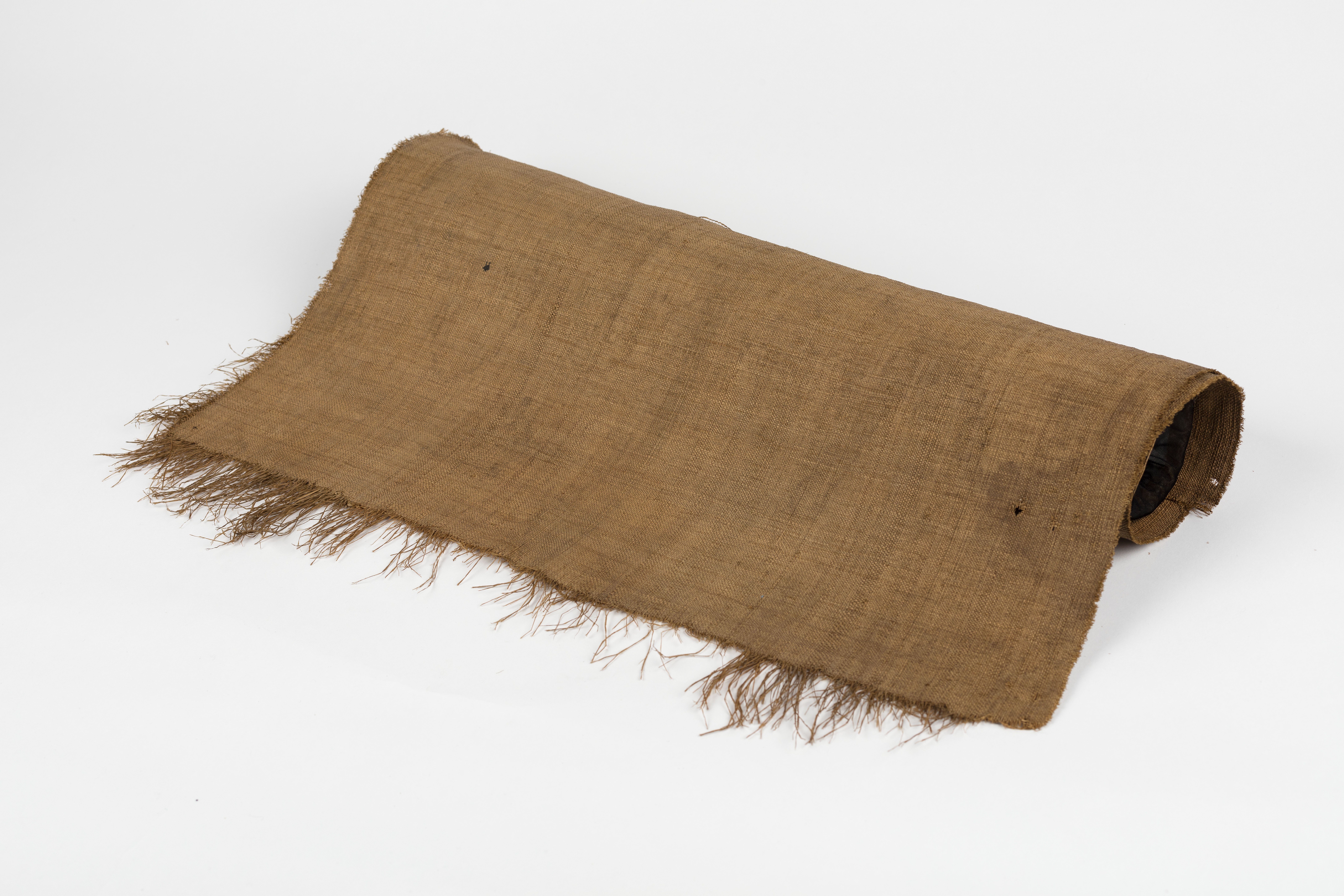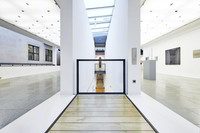A rolled, braided or woven carpet from plant fibre that ends at the edges in partly loose fibres.
The object was acquired by the Ulm merchant Christoph Weickmann for his cabinet of curiosities and is mentioned in the inventory for Weickmann's collection of 1659. But there are no references on the carpet's country of origin in the inventory. A n assumption is that the object comes from South or Central America.
From where Weickmann obtained the non-European objects is unknown except for one case and not researchable due to missing sources. What is certain, however, is that Weickmann didn't gain them on site by himself. He must have got them from middlemen because he didn't travel outside of Europe.
The remains of the collection Weickmann came into possession of the city of Ulm between 1785 and 1825 and were deposited with the Association for Arts and Antiquities in Ulm and Upper Swabia since 1857. At the end of the 19th century the objects came, together with the collection of the Antiquities Society, into the newly founded Gewerbemuseum (Museum of Applied Arts) and 1925 into the Museum of the City of Ulm.
en

